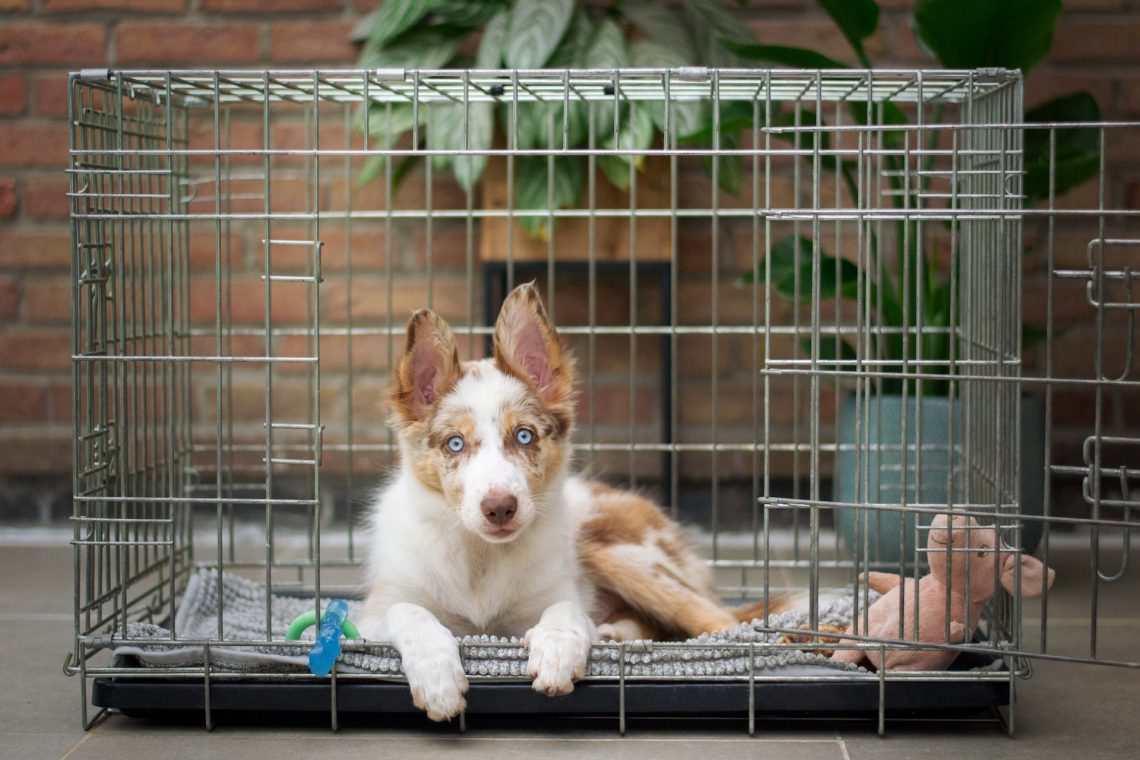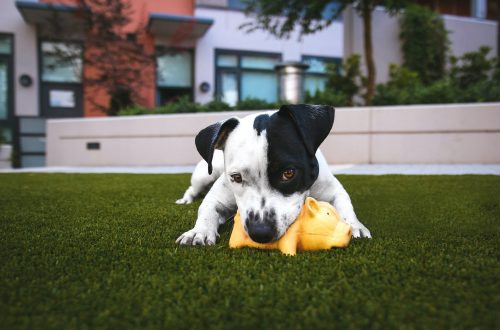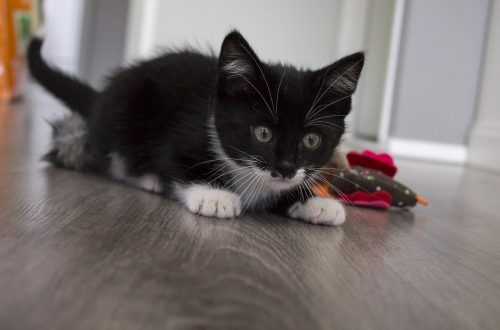
Crate Training a Puppy
Creating a secure, safe sanctuary for your puppy is important. If introduced and used properly, crates can be this sanctuary for your dog. Below are some tips for crate training your puppy.
Things to do:
- Acquire the proper crate. Your dog should be able to comfortably stand, turn around, and lie down. Keep in mind that as puppies grow, their need for space will as well. Purchase a crate that will fit your full-grown dog.
- Place a blanket or towel in the crate. If your puppy chews and/or eats the bedding then remove it from the crate.
- Locate the crate in a part of the home where the family spends time. Place it in the kitchen, family room, or bedroom.
- At first keep the door to the crate open. Place treats, toys, or meals in the crate to encourage your puppy to enter it voluntarily. Make sure to praise your puppy when he enters the crate on his own.
- Once the puppy is comfortable entering the crate voluntarily, start with short confinement sessions. The first confinement sessions should be after a period of play, exercise, and elimination. Start with a short 5-minute confinement session. Place your puppy in the crate with a favored toy or treat and close the door. Stay in the room with your crated puppy. A few whines, cries, or barks are normal and should be ignored. After 5 minutes, open the crate door. With success, gradually extend the time that your puppy is confined in the crate and your distance from the crate.
Things to avoid:
- Pushing, pulling or forcing your puppy into the crate.
- Using the crate for punishment. However the crate can be used as a management strategy to avoid potential problems.
- Bad experiences in the crate. Incessant barking, whining, or crying that is accompanied by other signs of distress (panting, chewing, etc.) indicate a very distressed animal and the puppy should be removed from the crate.
- Praising or rewarding the puppy when you let him out of the crate.
- Using the crate as an excuse for not exercising and playing with your puppy.
- Long periods of confinement in the crate. This of course depends on your dogs age. A puppy shouldn’t spend more than 3 to 4 hours in a crate. However, an older dog could easily spend 6 to 8 hours in a crate and be content.




